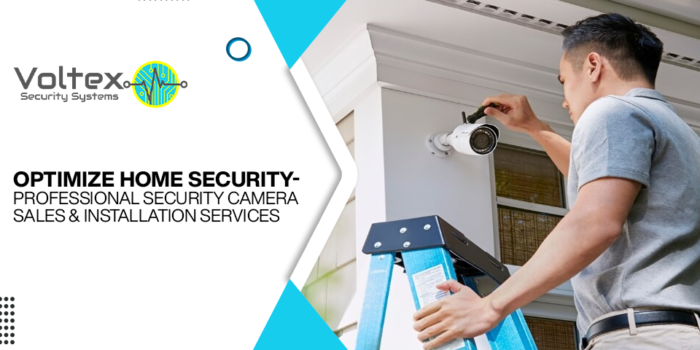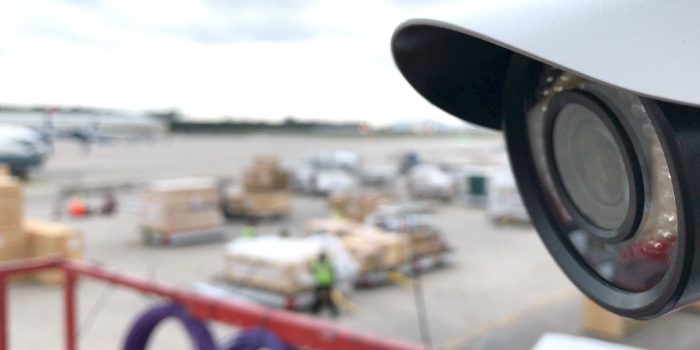Over the last few years, technology has shown us that communication can be made easier as long as there are resources. You can freely communicate with anyone over the phone or using any telecommunication devices at home or in the office. However, this digital transmission of information is enabled by certain things, one of which is structured cabling.
What is Structured Cabling?
Structured Cabling is the technical running of communication systems using connector cables or wires. It mainly involves wiring and connection points for seamless voice and data communication anywhere.
Unfortunately, it isn’t a task that can be handled as a DIY; you might have to call companies specializing in structured cabling system design and services. They recommend connection points and the type of wires suitable to use – copper, coaxial, and fiber.
Why Do You Need Structured Cabling?
Designing a structured cabling infrastructure in a workplace or home facilitates seamless voice and data communications. It is also a diagnostic feature, just in case you need to troubleshoot if you encounter wiring issues.
This digital transmission infrastructure has 6 components, and it is only important that you know them. They include:
Entrance Facilities (EF)
It is where the cabling enters the facility or building via a conduit. There are devices like patch panels, equipment racks, hardware connectors, network connection points, and several other protection items here.
Equipment Room
The entrance facility links to the main building’s wiring infrastructure through a place called the equipment room. This room houses various patch panels providing connections for different types of cabling, i.e., backbone, horizontal, and intermediate. It may also serve as storage for other pieces of electrical equipment.
Backbone Cabling
One of the vital cabling types primarily involved connecting various rooms such as Entry Facilities, Telecommunications Room, and Equipment Room is the Backbone cabling. The cables used are unique, such as single-mode or multi-mode optical fiber and 100-ohm twisted pairs.
Telecommunications Room
The control (or general utility) room is the telecommunications room. It is also the place where backbone cabling and horizontal cabling intercept.
Horizontal Cabling
The horizontal cabling is the connecting cable, and it runs from one telecommunications room to a device.
Work Area
Finally, the work area is the part where the actual telecommunication activity takes place with features like wall outlets. This work area could be the office or home.
If you read the residential surveillance installation book about structured cabling, these are components that would be mentioned. They are vital to the mechanical and electrical operation of the cabling systems for communication in your building.
Read Our Other Blogs:
Low Voltage Security Camera: What You Need To know
Enhancing Experiences: The Power of Commercial Audio Video Systems





